|
After my recent visit to the Kogin sashiko exhibition in Asakusa, I decided to take a closer look at books about koginsashi. To tell the truth I haven’t paid them close attention before now as I don’t do koginsashi, myself, but my interest was piqued. I started wondering why the type of sashiko that I do and kogin are so radically different. So I turned to my sashiko bible (Sashiko no Kenkyu, Kikue Tokunaga), where I learned that kogin techniques developed as a method of using thick thread to close up the gaps in coarsely woven hemp, the only type of fabric available, whereas sashiko developed from the need to stitch rags together and make layers from them, then stitch over to hold them in place. Hence the kinds of patterns that evolved as a result of these two differences are markedly distinct. Koginsashi patterns are always composed of straight lines because the stitching follows the weave of the fabric, and though there are many patterns they are all uniform. The sashiko patterns that evolved in the Yamagata and Akita area, however, did not have such constraints, patterns have curved lines, and there tended to be more variations and original designs. Here are some of the other books I looked at (with Amazon Japan affiliate links provided): 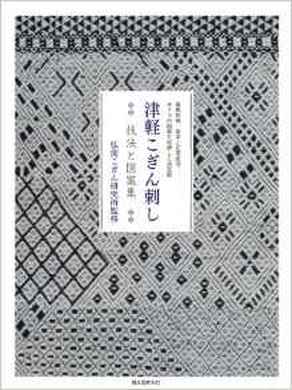 Tsugaru koginsashi: Giho to zuanshu (Tsugaru Koginzashi; Techniques and Patterns), supervised by the Hirosaki Kogin Research Institute, published by Seibundo Seikosha, 2013 This is a comprehensive book, as you would expect from one supervised by the Hirosaki Kogin Research Institute. It has extensive information on the history, differences between different types of kogin, and clear instruction on the basic method and patterns for reference, including large photo examples. The best part about this book is the beautiful full-page photographs that show close ups of designs and patterns or sections of kimono and everyday work wear. While it’s not the type of book one would go to for craft projects, I feel sure that anyone with a basic knowledge of kogin would get much out of studying the beautiful photographs. 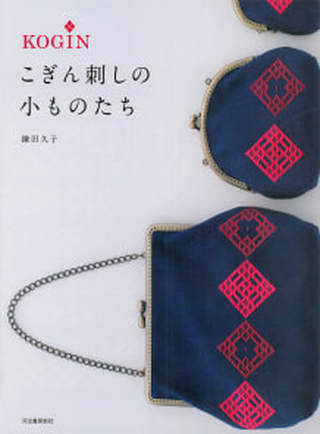 Koginsashi no komonotachi (Small koginsashi items), Hisako Kamata, Kawade Shobo, 2010 The author Hisako Kamata was born in Aomori prefecture, the home of Tsugaru kogin, which is traditionally blue and white, but in this book she introduces a fresh perspective through the use of colour. She shows how to make useful items for daily life such as a cushion, pencil case, coasters, and purses. I was very taken with a cushion in different shades of green. You can see some of the examples by using the “Look Inside” function on the Amazon site. The one review on the Amazon site gives the book high praise and says that basic techniques are explained in detail through photographs that make it suitable for beginners or anyone who is not expert at sewing. 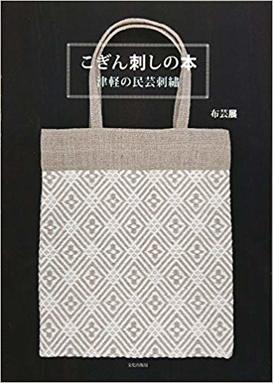 Koginsashi no hon (The Koginsashi Book), Bunka 2009 This book came about as a the result of a collaboration by Yoko Tsukamatsu, who has a tote bag business and Rika Fukuda, a sweets researcher with an interest in folk arts. Together they established the Nunogeiten Project (Fabric art exhibition), and hold exhibitions of fabric items based mainly around koginsashi. Like many books this one introduces basic techniques and several patterns, but what really sets it apart is the stylishness. The bags and purses and buttons that it shows how to make are commonly found in other books, but the ideas for ways to incorporate kogin sashi into clothing, are wonderfully fresh and stylish. I would love a koginsashi patch on the bottom of my pants as shown in here! The book gets rave reviews on Amazon, and I can see why. Finally, one interesting site that I happened across is kogin.net., which has various nuggets of information about courses, books, events, etc. It’s fascinating to see how koginsashi design has been incorporated into modern life in different ways, and on this beautifully laid-out site, even if you cannot read the Japanese the visuals are a feast for the eyes.
4 Comments
|
Watts SashikoI love sashiko. I love its simplicity and complexity, I love looking at it, doing it, reading about it, and talking about it. Archives
September 2022
Categories
All
Sign up for the newsletter:
|

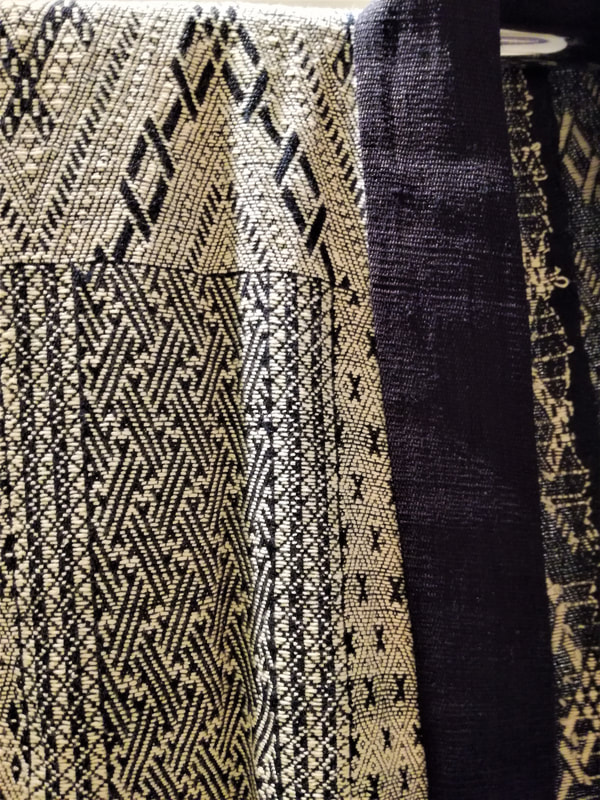
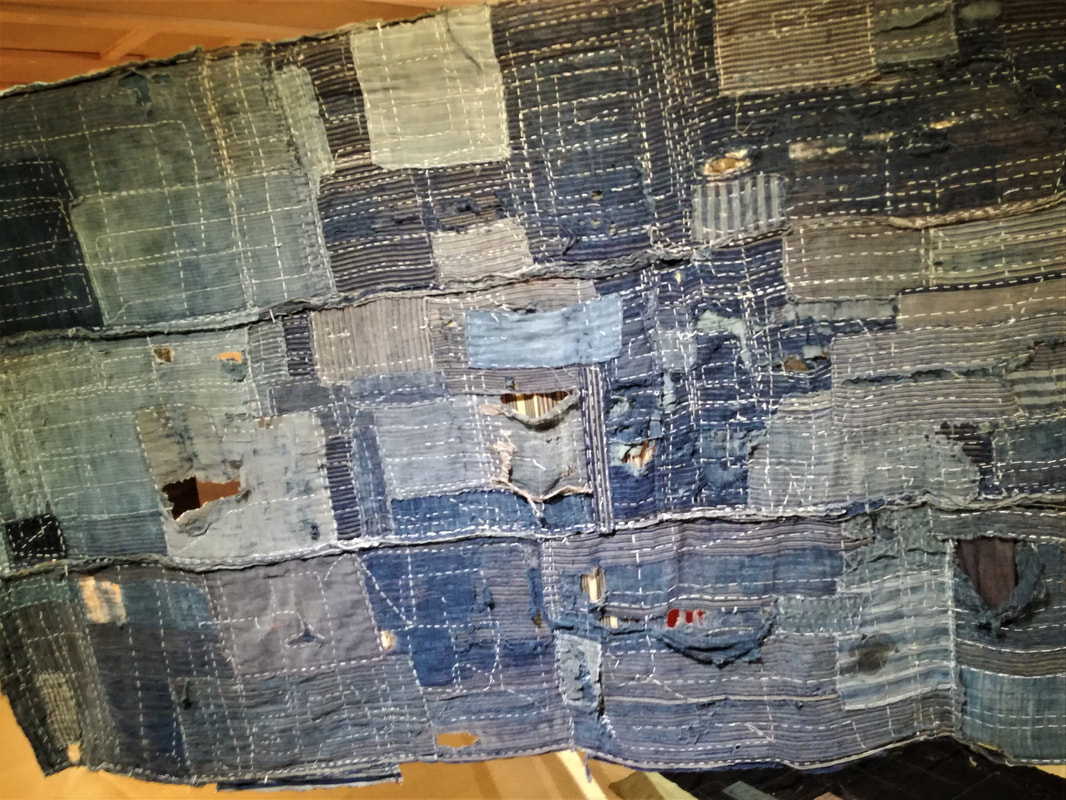
 RSS Feed
RSS Feed



